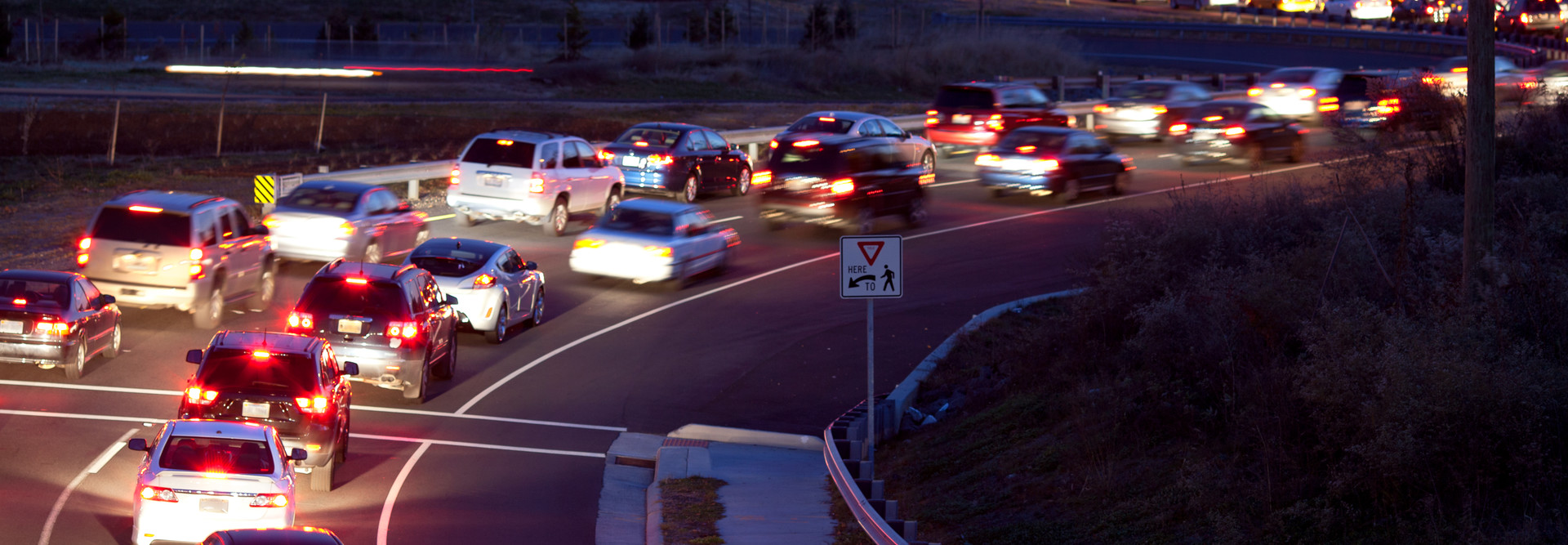Virginia Partners with Qualcomm, Audi on Connected Vehicle Pilot
All over the country, various state and city departments of transportation have been testing connected vehicle technology and vehicle-to-infrastructure connectivity, including in Georgia Colorado, Utah and Columbus, Ohio.
Last month, the Virginia Department of Transportation (VDOT) and Audi announced a partnership with chipset giant Qualcomm to pilot cellular vehicle-to-everything (C-V2X) communication on northern Virginia roadways.
The initial deployments will use “advanced wireless communications to enhance vehicle safety” by using the same portion of the 5.9 gigahertz spectrum band that the Federal Communications Commission has proposed to allocate for C-V2X, according to a press release.
VDOT, Audi and Qualcomm will “focus on improving safety for construction workers and motorists alike,” in line with a U.S. Department of Transportation effort to establish the First Responder Safety Technology Pilot Program. The first tests are expected to take place on select roadways in Virginia starting in the third quarter of 2020.
“VDOT strongly believes that connectivity between a vehicle and the environment in which it operates will be key to optimizing safety and this need for connectivity will continue even as more autonomous features are introduced,” Marshall Herman, special assistant to the Office of the Virginia Secretary of Transportation, tells Government Technology.
The technology will be deployed along U.S. Route 50 and U.S. Route 29, Interstate 66 and Interstate 495, and state Route 7 and Route 650, which include signalized intersections, according to Government Technology.
READ MORE: See how LoRaWAN technology can help smart cities.
Virginia Aims to Enhance Safety on the Roads with C-V2X
The C-V2X system will be used to deliver work zone warnings on highways as well as signal timing information on approaches to signalized intersections on arterial roadways. The key benefit of C-V2X is that the technology can deliver critical safety messages between vehicles and infrastructure with minimal latency (or network delay). Meanwhile, less time-sensitive alerts are designed to be provided via C-V2X using the cellular network.
As VentureBeat reports, the C-V2X system does not rely exclusively on a cellular network to send alerts to vehicles. The publication notes:
Since it enables direct short-range communications between vehicles and infrastructure, it can dramatically reduce latency, providing a moving car with time-sensitive information that’s accurate in the range of milliseconds. Sharing accurate information quickly is expected to dramatically reduce both road hazards and fatalities over time.
“Last year, we began sharing our signal time information with Audi vehicles,” Herman tells Government Technology. “The opportunity to share more refined information with Audi through C-V2X has the potential to reduce congestion and improve safety for travelers through our arterial corridors.”
The Virginia Tech Transportation Institute will develop software, perform integration and conduct demonstrations of the C-V2X technology in work zone use case scenarios, according to Government Technology.
“We’re hopeful that this announcement shows the traction that we’re getting,” Dean Brenner, senior vice president of spectrum strategy and technology policy at Qualcomm, tells FierceWireless. “We’re very excited to have these first-class partners and to be part of a deployment in a real-world setting.”









